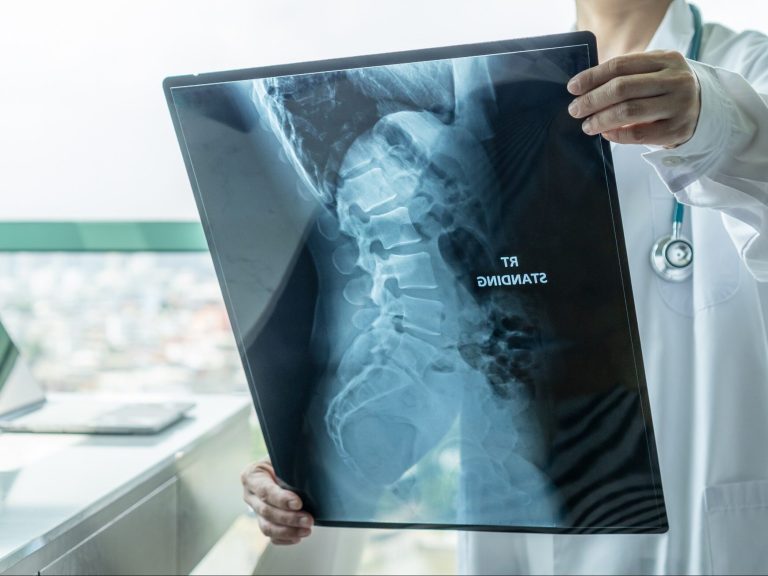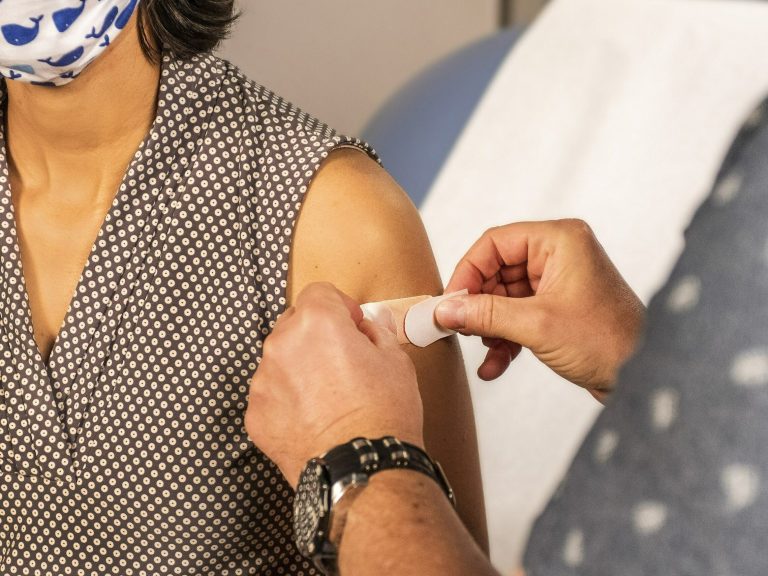Polish guidelines for the treatment of bipolar disorder in children are being developed. “You can’t blame a child’s behavior change on growing up.”

In a child, both phases: depressive and hypomanic may change even several times a day. The most important thing, however, is that the parent should not blame the child’s behavior change on growing up and go to a specialist. Bipolar disorder in children cannot be treated without pharmacotherapy – says prof. Małgorzata Janas-Kozik, child psychiatrist.
Katarzyna Pinkosz, Wprost: We talk a lot about depression, but bipolar disorder is still a taboo. Can a child also get the disease?
Prof. Małgorzata Janas-Kozik: Only in the last 20 years has it been said that a teenager may have not only unipolar affective disorders (i.e. depressive disorders), but also bipolar disorders. However, approximately 20-30 percent adults with bipolar disorder describe that the first symptoms appeared in their adolescence, i.e. at the age of 15-17. However, we have a problem with diagnosis. It usually takes several years of observation before the correct diagnosis is made.
Is it so difficult to recognize this disease in a child?
Yes, because in psychiatry, especially in child and adolescent psychiatry, there are often accompanying disorders, the so-called co-occurring. These include autism spectrum disorders and ADHD. Of course, not every child with ADHD will have bipolar disorder, but up to 30 percent will. adults diagnosed with bipolar disorder confirm that they had ADHD in childhood. Moreover, the symptoms in a child are not the same as in an adult. We must superimpose the clinical picture of each disorder on the child’s developmental stage.
What disturbing symptoms should parents look out for?
Parents should always pay attention to the change in the behavior of the child, who up to a certain point fulfills the role of daughter/son, friend, student, takes care of personal hygiene, has no problems with eating, does not engage in risky or defiant behavior, does not shorten distance from adults; and then it changes and the change covers many areas, is repeated and consolidated. In addition, there is a disturbed circadian rhythm, e.g. day-night alternation, shortened night sleep, disturbed falling asleep phase, or vice versa: excessive sleepiness not only at night, but also during the day. Other disturbing symptoms include emotional eating, increased appetite or complete loss of appetite. One symptom cannot be considered separately, attention must be paid to the entire context of the child’s behavior.
The child is sometimes depressed and sometimes hyperactive?
Young people do not have such clear phasing as adults. In fact, 80 percent cases, bipolar disorder begins with a depressive episode. In teenagers, symptoms of depression may include low mood, tearfulness, depression, withdrawal from peer relationships, neglect of personal hygiene, clothing, isolation, and neglect of peer relationships. However, both phases, i.e. depressive and hypomanic, and mood swings, may occur in a child even several times a day. Worse still, they can mix, moving from one state to another. Therefore, it takes a lot of experience, always supported by a very thorough family interview, to make a diagnosis. Only a well-collected interview, the ability to ask the parents about many issues, paying attention to circadian rhythms and nutrition will allow the correct diagnosis to be made. Our clinic makes such diagnoses, and we also conduct research on bipolar disorder in children and adolescents.
Can medications be used in children already?
Of course, this is necessary because the disease has biological causes. The problem is that we have few drugs registered for children and adolescents. However, in the case of all new drugs that appear, we gradually apply for their registration. We have more drugs registered for the treatment of schizophrenia in children and adolescents, but successively, based on research results and our own observations, we are trying to register new drugs for children and then obtain their reimbursement.
What medications can be used in children and adolescents with bipolar disorder?
The latest NICE guidelines recommend second-generation neuroleptics as first-line drugs because they stabilize mood very well. These drugs are also used in psychosis. Sometimes an “old”, but very good medicine, which is a lithium preparation, is added to them: however, it is always necessary to undergo tests for thyroid disorders first. It is also important that valproic acid and its derivatives cannot be used in girls and women of childbearing age, because if such a young person became pregnant (and in mania it is likely, because the inhibition of all risky behaviors is impaired), they may experience congenital defects of the fetus. Therefore, NICE has banned the use of valproic acid and its derivatives in girls and women of childbearing age or recommends the use of contraceptives.
You mentioned neuroleptics, where many people are afraid of side effects, including: obesity, metabolic disorders. This is especially important for young people; girls especially don’t want to gain weight…
You can’t throw all neuroleptics into one bag. Olazapine – a very effective neuroleptic – can actually cause metabolic syndrome, but there are second-generation neuroleptics such as quetiapine, aripiprazole, lurasidone, which do not cause weight gain at all. This is a serious problem because metabolic syndrome involves not only weight gain, but also dysregulation of lipid metabolism.
However, remember that metabolic syndrome does not have to be caused by the use of drugs. Pediatricians should check whether children have a family history of lipid disorders. Another problem is that more and more young people have problems with obesity; it is a disease of civilization. If neuroleptics are well selected, the child is fed properly, and the parent knows what tests need to be performed on the child and what to pay attention to, the use of neuroleptics is safe. Bipolar disorder is a disease that cannot be treated without pharmacotherapy.
Do we already have Polish guidelines on how to treat bipolar disorder in children and adolescents?
There are NICE guidelines that we use, and there are global standards. We do not have such guidelines in Poland yet. Currently, a team of subject experts, of which I am a member, is preparing recommendations based on world literature regarding the treatment of bipolar disorder in children and adolescents, with an indication of neuroleptics, which are registered by the FDA (USA) for the treatment of bipolar disorder in adolescents. All the more so because, based on literature data and our own experience, we already use these preparations in off-label treatment (off-label).
The most important message for parents is: do you need to be attentive to changes in behavior?
Yes, you should be alert to any change in your child’s behavior. Mood changes (behavior disorders in the colloquial sense) are not always caused by illness; the cause may be psychoactive substances that the young person takes.
And the second message for parents: if the disease is diagnosed, it must be treated, you shouldn’t be afraid of drug therapy?
It must and can be treated. This is a disease that does not cause intellectual deficit. It is also important that psychoeducation is conducted with parents and the young person so that he or she takes responsibility for the treatment. It allows you to enjoy life to the fullest, study and obtain the profession of your dreams. However, these are years of work, and parents and the young person must cooperate with the attending physician and take co-responsibility for the treatment.
To accept the disease, you need to understand that it is a disease, not “bad behavior” of the child. Do we know what its cause is?
The disease is definitely genetically determined. However, just because we have a certain biological susceptibility does not mean that we will definitely get sick. More and more often we talk about the so-called epigenetics, i.e. environmental factors. These include factors that protect against disease (protective) and those that are harmful. Protective factors include a well-functioning family that provides positive reinforcement, creates conditions of safety for the young person, in which you talk to the young person, know about his problems, and are alert to certain behavioral changes. Cooperation with school and good relationships with peers are also important: these are very important protective factors at the developmental age. Certainly harmful factors include the death of a parent, divorce, parent’s illness, alcoholism, drug addiction, domestic and peer violence – all types, not only sexual, although this is the worst.
Prof. Małgorzata Janas-Kozik, head of the Department and Clinical Department of Psychiatry and Psychotherapy of Developmental Age, Medical University of Silesia in Katowice, at the Child and Family Health Center. John Paul II in Sosnowiec.






